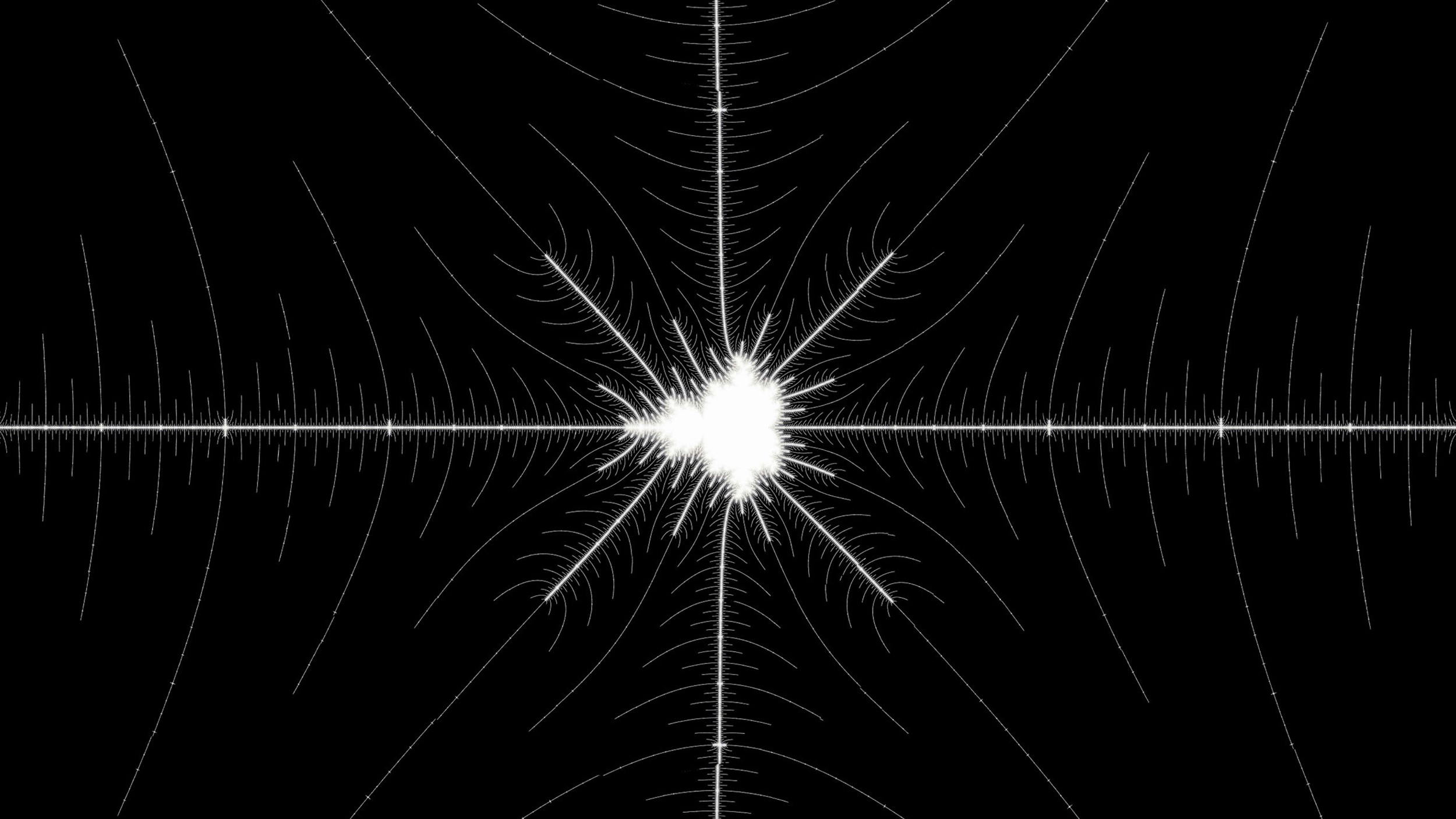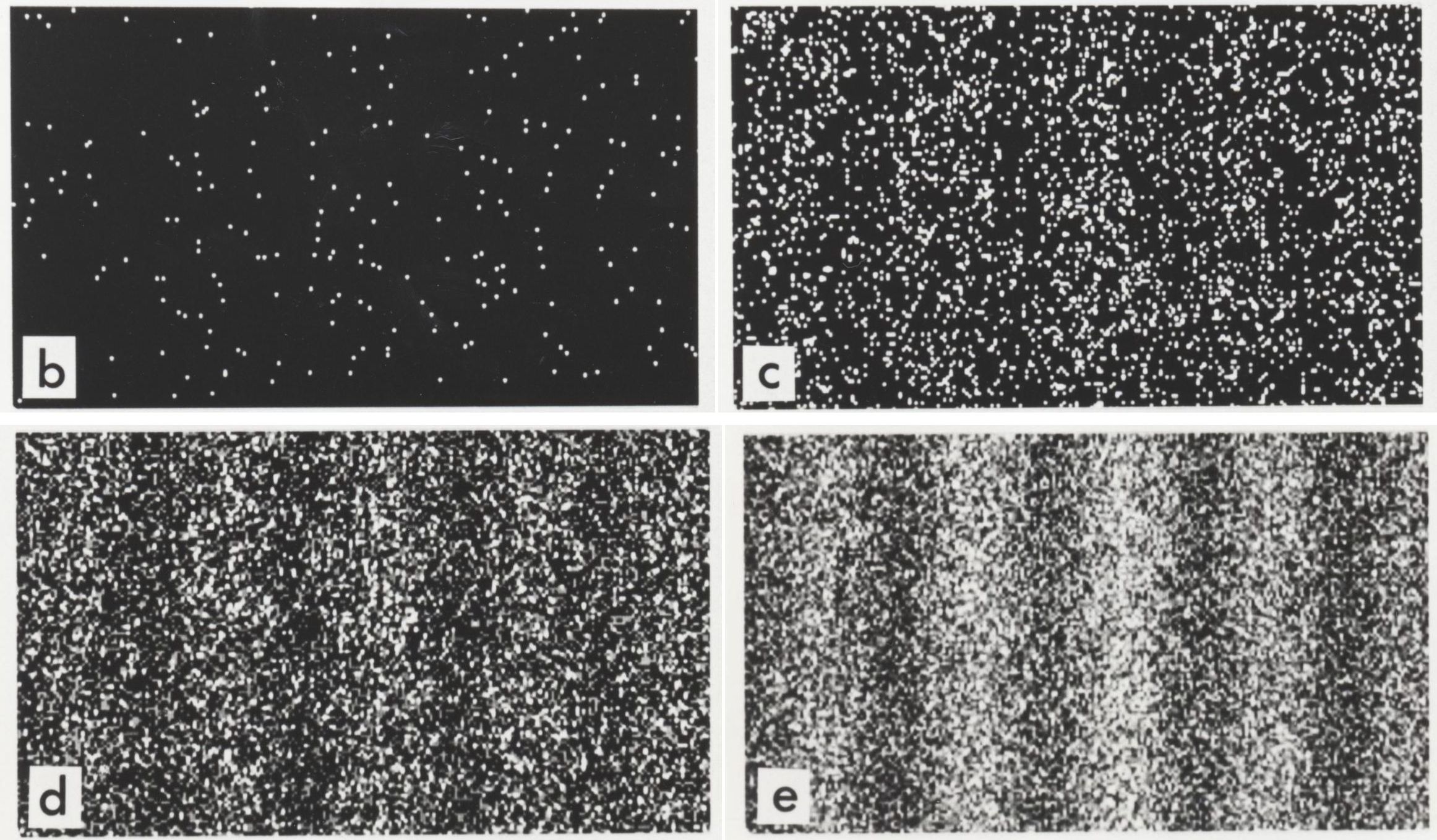Physicists puzzled by strange numbers that could explain reality

- Physicists discover complex numbers called octonions that work in 8 dimensions.
- The numbers have been found linked to fundamental forces of reality.
- Understanding octonions can lead to a new model of physics.
Is our reality, including its forces and particles, based on the strange properties of numbers with eight dimensions called “octonions“? A physicist thinks so, having found a way to expand 40-year-old research to reach surprising new directions.
First, a brief history of numbers.
Regular numbers that we are familiar with in our everyday life can be paired up in a special way to create “complex numbers,” which act like coordinates on a two-dimensional plane. This was discovered in 16h-century Italy by the mathematician Gerolamo Cardano. As explains Natalie Wolchover of Quanta Magazine, you can perform operations on complex numbers like adding, subtracting, multiplying and dividing by “translating and rotating positions around the plane.”
An Irish mathematician by the name of William Rowan Hamilton discovered in 1843 that if you pair the complex numbers in a certain way, they can form 4-D “quaternions.” He was apparently so excited about figuring out that formula, that he immediately carved it into the Broome Bridge in Dublin. Not to be outdone, John Graves, a friend of Hamilton’s who was a lawyer and math whiz, showed that quarternions can be paired up to become “octonions” – numbers that can assume coordinates in an abstract 8-dimensional (8-D) space.

John Graves.
Each type of numbers has been utilized extensively in the development of modern physics, with complex numbers used in quantum mechanics and even the quaternions employed in Albert’s Einstein’s special theory of relativity.
What hasn’t been completely understood and put to work – the octonions, usually represented by the capital letter O and whose multiplication rules are encoded in a triangular diagram called the Fano plane (that looks like something the Freemasons would devise).

A mnemonic for the products of the unit octonions using the Fano plane.
The mystery of these numbers has led to speculation among researchers that they have a special purpose and can eventually explain the deeper secrets of the universe. In an email interview with Quanta Magazine, the particle physicist Pierre Ramond from the University of Florida explained that “Octonions are to physics what the Sirens were to Ulysses.”
In 1973, Murat Günaydin, the then-Yale-graduate student (now professor at Penn State) and his advisor Feza Gürsey, discovered that there is an unexpected link between octonions and the strong force that keeps quarks together in an atomic nucleus. Günaydin continued his research quite outside the mainstream, looking at connecting the numbers to such ideas as string theory and M-theory.
In 2014, Cohl Furey, a graduate student at the University of Waterloo, Canada, built on Günaydin’s work by finding a new use for the hard-to-imagine numbers. She devised an octonionic model that includes both the strong and electromagnetic forces. Now a postdoc in UK’s University of Cambridge, Furey generated a series of results that link the octonions to the Standard Model of particle physics, in work that has been praised by other scientists. She has “taken significant steps toward solving some really deep physical puzzles,” said Shadi Tahvildar-Zadeh, a mathematical physicist at Rutgers University.
Others, like the noted string theorist and Imperial College London professor Michael Duff, are more reserved, excited about her work but saying it’s “hard to say” yet if it will become “revolutionary.”
Furey is undeterred by working in a currently obscure field, thinking of her research as a “process of collecting clues,” as she explained in an interview.
She published a paper in May 2018’s TheEuropean Physical Journal C, where she consolidated several of her findings, looking to complete the standard model of particle physics and find the rightful place in our understanding of the world for the octonions.
To learn more, watch Furey explain the octonions here:
For those inclined to delve deeper into the math, check out this fascinating graphic:

Lucy Reading-Ikkanda/Quanta Magazine





